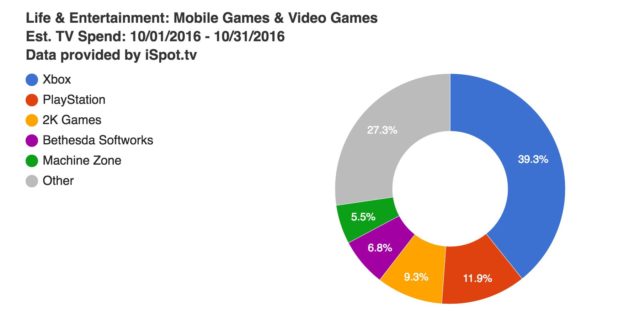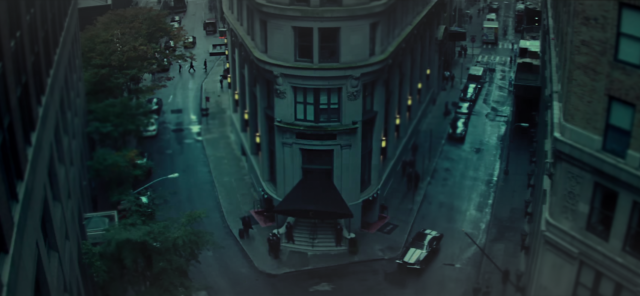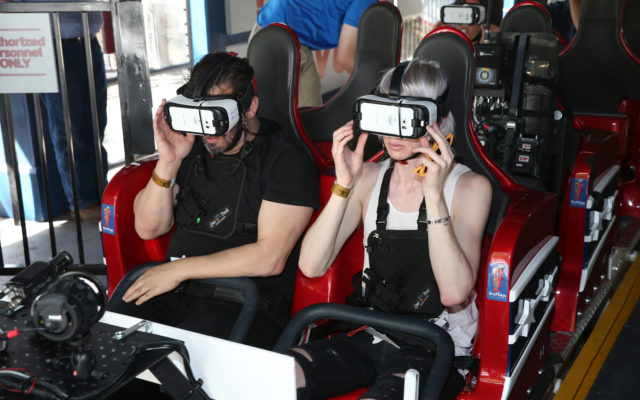Google has launched a sticker pack for its new Allo messaging service from Lucasfilm’s December 16 movie, Rogue One: A Star Wars Story. The collection includes characters Jyn, Cassian, Darth Vader and K-2SO from the new film, as well as stormtroopers, AT-ATs and the Death Star.
Amit Fulay, group product manager for Allo at Google, told [a]listdaily one of the key principles behind the stickers in Allo is that they should be more than just cute artwork, but actually helpful in driving the conversation forward.
“We crafted our stickers around some of the most common things we all tend to say in chats—like ‘running late’ or ‘let’s get dinner,’” Fulay said. “With the Rogue One stickers, you can see this idea of using stickers as a way to say things in chat. It’s not just about showing the characters of Star Wars, but having them say something or do something that you can identify with and could use in chat.”
Fulay said Google partnered with Lucasfilm because the Star Wars characters are so iconic and people really identify with the story, and they wanted to bring that to Allo.
“We partnered with Disney directly to co-develop exclusive animated stickers and a co-marketing campaign to showcase the stickers in fun way to diehard fans of Star Wars,” Fulay said. “We worked together to choose an artist to design the stickers, and our creative team worked with Disney and the artist on the designs.”
Fulay said the goal was to include a mix of well-known and loved characters like Darth Vader, along with newer characters unique to the Rogue One film.
“Star Wars is certainly a story with large appeal to all types of people,” Fulay said. “But we also know that there’s a close affinity between people who love Google products and people who love Star Wars, so we thought this would be a great fit.”
Most of the Star Wars stickers feature animation, which Fulay said brings an additional layer of liveliness and delight to stickers in Allo. “Our animated stickers in Allo, such as the Julio the Bull sticker pack, are incredibly popular,” Fulay said.
Star Wars is just the latest offering for Allo users.
“We’ll continue to add more stickers over time, both through partnerships like the one with Star Wars and from independent artists,” Fulay said. “We don’t have immediate plans for a series with Star Wars but will continue to look for opportunities to bring new stickers to Allo.”
Stickers were a critical part of the design of Allo from the very beginning, according to Fulay.
“We focused on creating unique artwork that you could only find in Allo by working with independent artists around the world to create artwork that can resonate both globally and locally,” Fulay said. “We have unique sticker packs for India and Brazil, for example, and will continue to create more locally focused packs over time.”
From the outset of Allo, Fulay said the goal was to create a smart messaging app that can help you say more and do more right in your chats. To do this, Google applied its deep expertise with things like machine learning, search and natural language understanding to create an app that goes beyond just text. One example is the Google Assistant in Allo, which can help you with restaurant recommendations. Another example would be helping you find the perfect emoji, without having to scroll through hundreds of options.
“We’re focused on both being more assistive and helpful in your chats, but also helping you be more playful and expressive and fun,” Fulay said. “We’re at an exciting time for innovation in messaging. With advancements in language understanding and machine learning, we can now do so much more in chat beyond just sending text or photos. With Allo, we’ve really focused on applying technology to help you express yourself more fully and get things done, right in your chats.”
Google continues to expand the offerings of Allo. The company has released three updates since launching the app a couple months ago, bringing in new functionality like Smart Smiley, which makes it super easy to find the right emoji or sticker for what they’re trying to say.
“We also brought the Google Assistant in Allo to new languages,” Fulay said. “We launched Hindi and Brazilian-Portuguese last week, and will be adding more languages over time. We’ll continue to keep innovating and improving the app at a fast pace.”
Fulay said Google continues to receive user feedback on Allo, as it discovers how people are using the app.
“We did a lot of testing and research before launching, found that people tend to do a lot of scrolling and searching when it comes to stickers and emojis,” Fulay said. “That insight drove the development of Smart Smiley, since we knew there was a real need to solve discovery.”

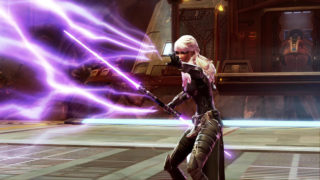
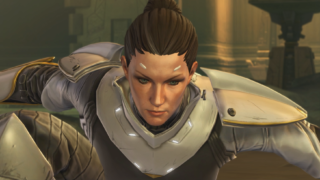 As to whether or not the movies influenced the game’s content, Boyd said that “no matter how hard we try, we can never get any real details about the movies in advance. Lucasfilm is very tight-lipped about it, which is good because we go as a company to check out the movies and it’s fun to just walk in and have the same experience as the fans—with no pre-knowledge and experiencing it for the first time.
As to whether or not the movies influenced the game’s content, Boyd said that “no matter how hard we try, we can never get any real details about the movies in advance. Lucasfilm is very tight-lipped about it, which is good because we go as a company to check out the movies and it’s fun to just walk in and have the same experience as the fans—with no pre-knowledge and experiencing it for the first time.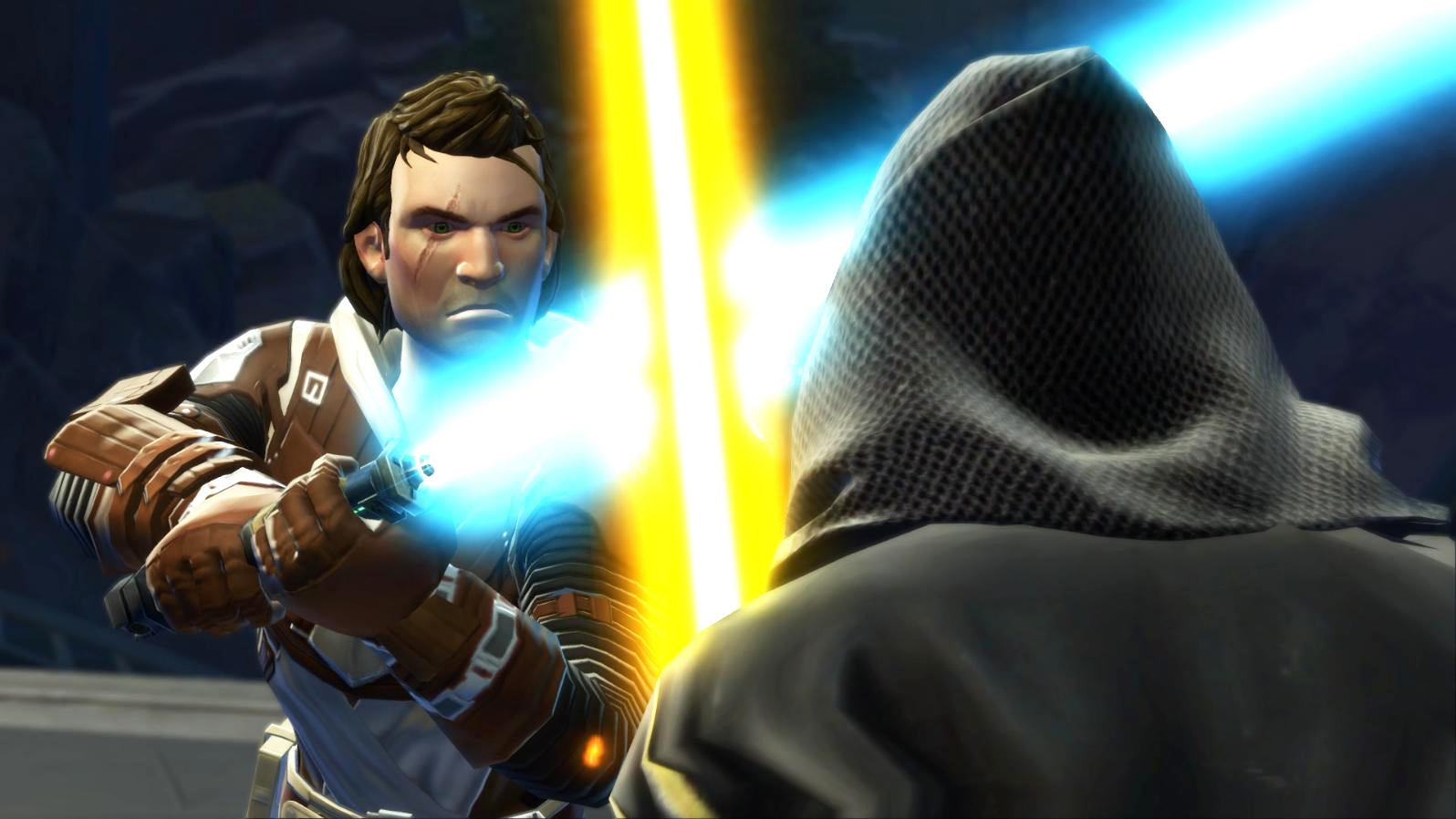

 How did you come up with the theme?
How did you come up with the theme?
 How are you reaching new players that might not be familiar with previous games?
How are you reaching new players that might not be familiar with previous games?